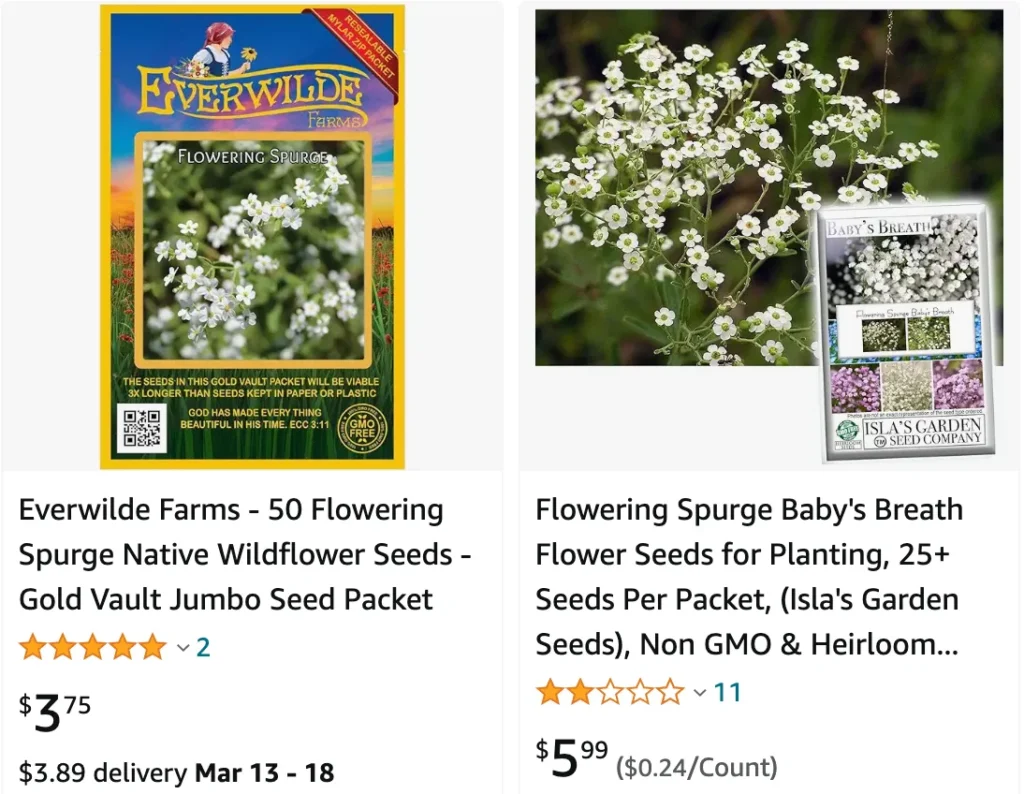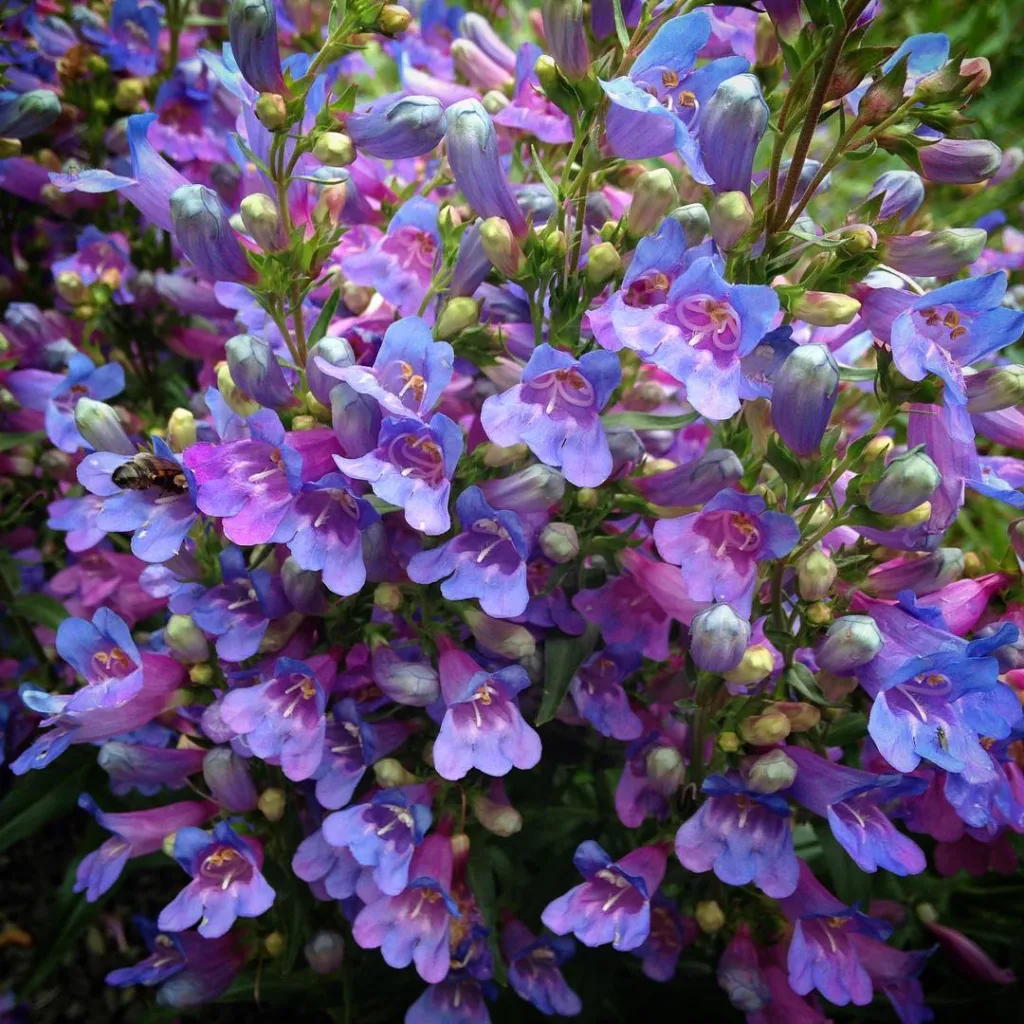
All About Euphorbia Corollata: A Gardener’s Guide
Hi there, Ferb Vu here. Today, we’re diving into the world of Euphorbia corollata, also known as Flowering Spurge. This attractive North American native is a popular choice for gardeners seeking a low-maintenance, drought-resistant perennial with beautiful blooms.
Let’s address some of the most common questions I get about this interesting plant.
2093 Species in Genus Euphorbia
What is Euphorbia Corollata?
Euphorbia corollata is a herbaceous perennial belonging to the Euphorbiaceae family. These plants are known for their milky sap, which can be irritating, so handle them with care while gardening.
Flowering Spurge boasts smooth, bluish-green leaves that whorl around green stems. The real showstopper, though, is the airy flower cluster that graces the plant from early summer to fall. These clusters resemble white Baby’s Breath, with tiny white “petals” surrounding a central green structure.
How to Grow Euphorbia Corollata?
Euphorbia corollata is a resilient plant that thrives in most well-drained soils, from loam to sand. It prefers full sun to part shade and tolerates drought conditions exceptionally well. Here’s a quick guide to growing this beauty:
- Planting: Sow seeds directly outdoors in fall or early spring after the danger of frost has passed. Alternatively, you can start seeds indoors 6-8 weeks before the last frost.
- Spacing: Provide ample space for the plants to mature, around 18-24 inches apart.
- Watering: Water deeply during the first growing season, but established plants are quite drought tolerant and require minimal watering.
- Maintenance: Deadheading spent blooms encourages continued flowering.
Euphorbia Corollata vs. Baby’s Breath
As mentioned earlier, Euphorbia corollata’s airy white flower clusters bear a striking resemblance to Baby’s Breath (Gypsophila paniculata). Here’s a quick comparison to help you differentiate:
| Feature | Euphorbia Corollata | Baby’s Breath |
|---|---|---|
| Botanical Family | Euphorbiaceae | Caryophyllaceae |
| Sap | Milky, irritating | Clear, non-irritating |
| Flower Color | White with green center | Pure white |
| Bloom Time | Early summer to fall | Mid-summer to fall |
| Toxicity | Mildly toxic | Non-toxic |
While both plants offer a delicate, airy aesthetic, Euphorbia corollata is a low-maintenance perennial, while Baby’s Breath is typically grown as an annual.
Is Euphorbia Corollata Poisonous?
Yes, Euphorbia corollata contains a milky sap that can be irritating to the skin and eyes. It’s best to wear gloves when handling the plant and avoid contact with your eyes. The sap is also mildly toxic if ingested, so keep it out of reach of children and pets.
What are the benefits of Euphorbia Corollata?
Despite the sap’s potential for irritation, Euphorbia corollata offers several benefits to gardeners:
- Low-Maintenance: This drought-tolerant perennial requires minimal care once established.
- Long Bloom Time: Enjoy the delicate white flowers for weeks on end throughout the summer and fall.
- Attracts Pollinators: Butterflies and beneficial insects are drawn to the blooms, promoting a healthy ecosystem in your garden.
- Deer Resistant: Deer tend to leave Euphorbia corollata alone, making it a great choice for areas with browsing wildlife.
Using Euphorbia Corollata in Your Landscape
Euphorbia corollata’s versatility makes it a valuable addition to various garden designs. Here are some ideas:
- Mixed Borders: Combine Flowering Spurge with other perennials that bloom at different times to create a season-long display of color and texture.
- Butterfly Gardens: The white blooms and long bloom time make Euphorbia corollata a magnet for butterflies.
- Cottage Gardens: The airy flowers add a touch of whimsy and informality to cottage-style gardens.
- Gravel Gardens: Euphorbia corollata thrives in well-drained soils, making it a perfect choice for low-water gardens with gravel mulch.
Conclusion
Euphorbia corollata is a charming and low-maintenance perennial that offers beauty and ecological benefits to your garden. With its long-lasting blooms, drought tolerance, and deer resistance, it’s a plant that keeps on giving. Just remember to handle it with care and enjoy its unique presence in your landscape.
Happy gardening!
If i die, water my plants!



